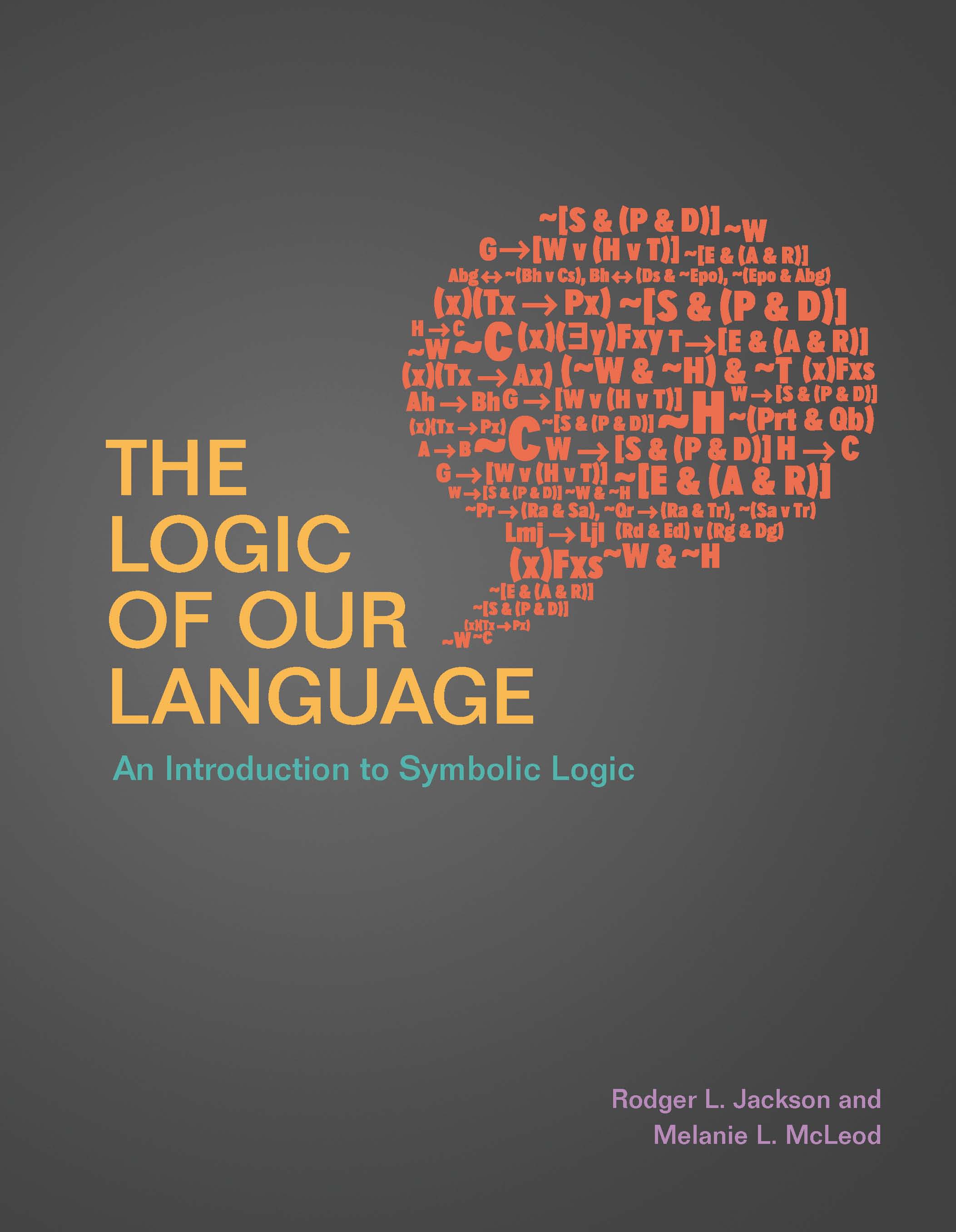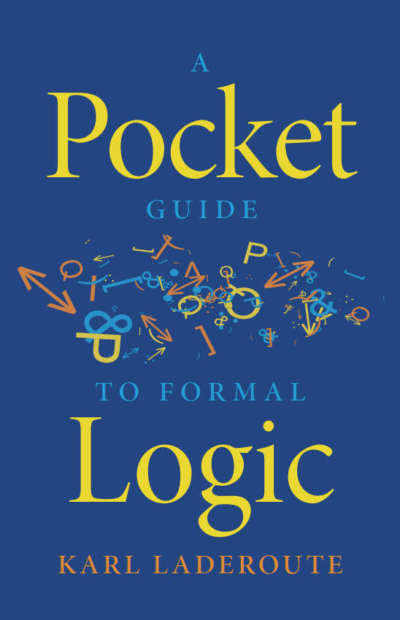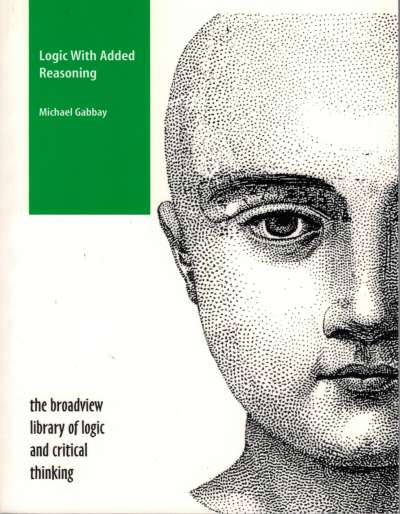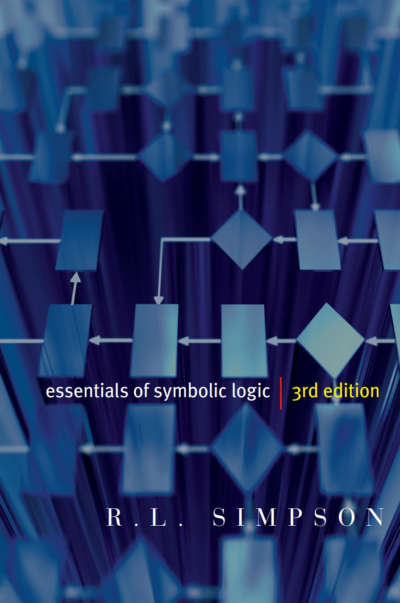The Logic of Our Language teaches the practical and everyday application of formal logic. Rather than overwhelming the reader with abstract theory, Jackson and McLeod show how the skills developed through the practice of logic can help us to better understand our own language and reasoning processes.
The authors’ goal is to draw attention to the patterns and logical structures inherent in our spoken and written language by teaching the reader how to translate English sentences into formal symbols. Other logical tools, including truth tables, truth trees, and natural deduction, are then introduced as techniques for examining the properties of symbolized sentences and assessing the validity of arguments. A substantial number of practice questions are offered both within the book itself and as interactive activities on a companion website.
Comments
“The Logic of Our Language, by Rodger L. Jackson and Melanie L. McLeod, is an excellent book. It has perhaps the most elusive of virtues, the one at which all logic books seem to aim, and so few achieve: it is abundantly accessible, but it is not in the least dumbed-down. Furthermore, Jackson and McLeod’s approach to the classic topics in formal logic really is fresh and often insightful. This is the best introductory logic book I have read in the last ten years, and the best examples since Lewis Carroll.” — Nathaniel Nicol, Washington State University
“This text shows how to become fluent in the logic within language, using a carefully organized, step-by-step approach. Well-placed summaries of key points and extensive exercises assist the reader in developing insight and confidence.” — Peter Amato, Drexel University











